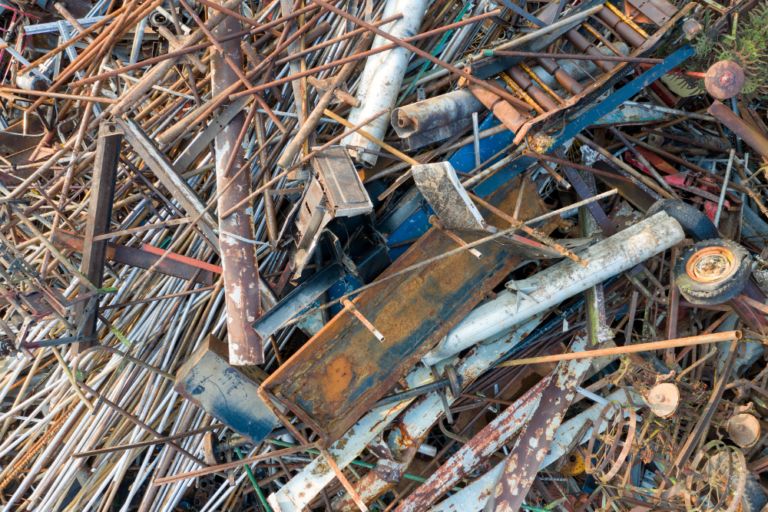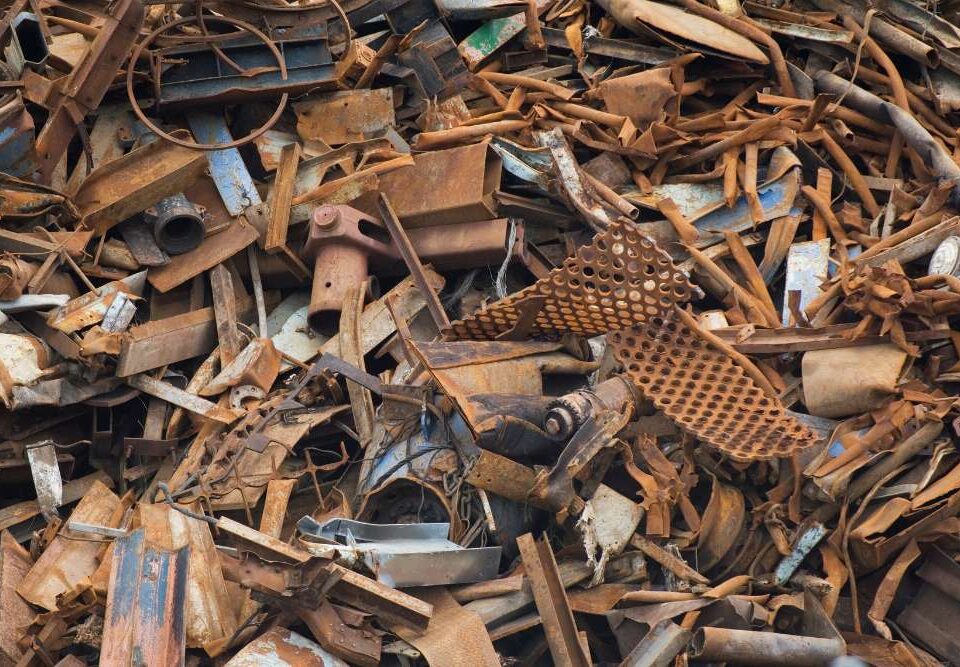
The Right Way to Handle Junk Removal in Retail Stores
August 26, 2025
Commercial Junk Removal Why It’s Essential for Your Business
August 26, 2025How to Maximize Your Warehouse Space with Junk Removal
Clearing Out Hidden Clutter
Warehouse space often accumulates items that are rarely used yet occupy valuable areas. Outdated inventory, broken pallets, and forgotten equipment quietly crowd corners, reducing efficiency and making navigation cumbersome. Removing these items can instantly open up aisles, creating a safer and more organized work environment. The process encourages a fresh perspective, allowing managers and staff to identify what truly needs to stay versus what should be removed.
By systematically evaluating items for removal, warehouses can increase storage capacity without expanding physical space. Implementing a routine junk removal schedule ensures that clutter never builds up to unmanageable levels. This proactive approach not only improves workflow but also enhances employee morale as a cleaner environment is naturally more pleasant to work in.
Optimizing Storage Layouts
Simply removing junk is not enough if the remaining items are poorly organized. Thoughtful storage design can transform open floor space into highly functional areas. Using vertical shelving, clearly labeled bins, and designated zones for specific categories of inventory ensures each square foot serves a purpose. Junk removal provides the blank canvas necessary to redesign and optimize layouts effectively.
Reconfiguring storage layouts improves accessibility to frequently used items and reduces time spent searching for products. The combination of decluttering and intelligent organization supports faster order fulfillment and reduces operational bottlenecks. A well-planned warehouse layout encourages better stock rotation and lowers the risk of damaged goods due to overcrowded shelves or haphazard stacking.

Eliminating Safety Hazards
Accumulated junk in warehouses is more than a visual nuisance; it presents real safety hazards. Loose pallets, discarded machinery, and excess packaging materials can lead to accidents, slips, or fire risks. Removing these items minimizes potential dangers, creating a safer environment for employees and visitors. Safety audits are often easier when unnecessary clutter is cleared away, ensuring compliance with industry standards.
Regular junk removal also supports clear emergency exit paths and proper fire extinguisher access. A safer workspace not only protects personnel but also reduces potential liability for the business. Consistently maintaining a hazard-free warehouse enhances employee confidence and encourages adherence to safety protocols.
Boosting Operational Efficiency
Warehouse efficiency is tightly linked to how organized and accessible its inventory is. When junk is removed, pathways are clearer, and storage areas are easier to navigate. Staff can retrieve and restock items more quickly, reducing downtime and increasing overall productivity. Streamlined operations allow for faster response to client orders and smoother daily routines.
Beyond speed, a decluttered environment enables better inventory tracking and fewer misplaced items. The ability to move swiftly between tasks without obstruction enhances workflow continuity. In essence, junk removal contributes directly to more efficient operations and a more profitable warehouse environment.
Creating Flexibility for Growth
Warehouses must often adapt to changing business demands, whether seasonal surges or new product lines. Removing unnecessary junk frees up space that can accommodate new inventory, equipment, or production areas. This flexibility prevents the need for costly expansions or off-site storage solutions. Open areas also allow for temporary setups like sorting stations or staging zones.
A flexible warehouse environment responds to business growth proactively rather than reactively. The act of junk removal becomes an investment in adaptability, ensuring that future operational needs can be met without disruption. Businesses gain peace of mind knowing they have room to scale efficiently.
Encouraging Sustainable Practices
Junk removal is not just about freeing space; it’s an opportunity to incorporate eco-friendly habits. Items that are recyclable or reusable can be diverted from landfills, supporting environmental responsibility. Responsible disposal practices contribute to a positive corporate image and align with sustainable business goals.
Sorting junk for recycling or donation also reduces waste handling costs in the long term. Employees often feel more motivated when participating in environmentally conscious initiatives. Sustainability becomes intertwined with everyday operations, turning a simple cleanup into a meaningful organizational practice.
Enhancing Inventory Visibility
Cluttered warehouses obscure inventory and make it difficult to accurately assess stock levels. Clearing junk provides a clearer view of what is in storage, preventing overstocking and understocking issues. Improved visibility ensures timely ordering, reduces obsolete stock, and enhances decision-making for purchasing and sales teams.
Better inventory oversight also helps prevent losses due to misplaced or forgotten items. When every product has a designated space, audits become more straightforward and reliable. Efficient junk removal directly supports accurate inventory management and smarter operational planning.
Improving Employee Morale
Working in a cluttered, cramped warehouse can be demoralizing. Staff may feel stressed or frustrated navigating around unnecessary items. Removing junk fosters a cleaner, more organized workspace, which has a direct positive impact on morale. Employees are more likely to take pride in their work when the environment is orderly and pleasant.
A well-maintained warehouse also promotes teamwork and accountability. When employees see a commitment to organization and efficiency, they are more inclined to follow suit. Junk removal can thus become a cultural shift, encouraging a shared responsibility for maintaining a productive workspace.
Reducing Maintenance Costs
Clutter and accumulated junk can cause wear and tear on flooring, shelving, and equipment. Items left unattended may attract pests or damage other goods, leading to costly repairs. Regular junk removal minimizes these risks, extending the lifespan of infrastructure and equipment. Prevention of damage ultimately reduces operational expenses.
By proactively managing waste and unnecessary items, warehouses save money in maintenance, avoid insurance claims from accidents, and decrease emergency repair costs. The financial benefits of junk removal complement its organizational advantages, making it a cost-effective strategy for long-term operations.
Facilitating Compliance and Inspections
Warehouses are often subject to inspections and regulatory compliance checks. Excess clutter can complicate these processes and result in violations or fines. Removing junk ensures that storage areas meet safety and cleanliness standards, simplifying audits and inspections. Clear pathways, organized storage, and proper disposal practices demonstrate a commitment to operational excellence.
Compliance extends beyond legal requirements; it also reflects a company’s professionalism and attention to detail. Well-maintained warehouses are easier to inspect and instill confidence in clients, auditors, and employees alike. Junk removal creates an environment that supports compliance and reinforces a reputation for reliability.
Conclusion
Maximizing warehouse space requires more than just rearranging shelves; it demands a proactive approach to junk removal. Removing unnecessary items opens up physical space, enhances safety, improves operational efficiency, and fosters a more productive work environment. Each cleared area allows for better inventory management and encourages sustainable practices. Over time, these benefits contribute to smoother operations, reduced costs, and improved employee satisfaction.
For businesses seeking professional assistance in junk removal, North Bay Junk Removal in Santa Rosa, CA offers comprehensive solutions tailored to every warehouse need. Their experienced team ensures clutter is efficiently removed, creating usable space while adhering to responsible disposal methods. Contact North Bay Junk Removal at 707-478-6817 to reclaim your warehouse space and experience the transformation of a clean, organized, and efficient environment.




